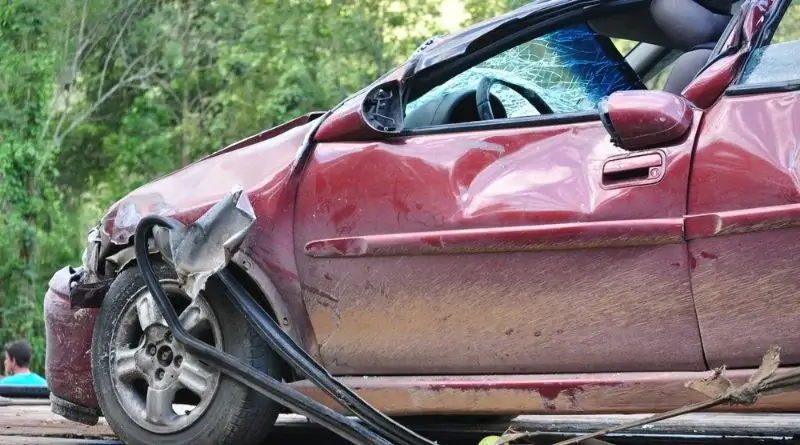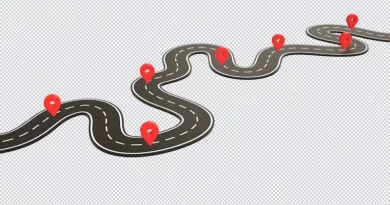Who’s at Fault in a Left Turn Accident in Florida?
Last updated on July 19th, 2024 at 10:50 pm
Making a left turn seems pretty simple—move over into the appropriate lane, use your turn signal, and make the left turn. There shouldn’t be any issues here, but of course, accidents can and do happen.
So, who’s the party to blame when you’re involved in a left-turn accident in Florida? The answer isn’t as straightforward as you may think.
What Florida Law Says About Left Turn Accidents
In 2020, Florida recorded 341,399 vehicle accidents, and some were caused by drivers making left turns. A common question after a left turn accident is who is at fault? According to state law, the driver turning left is typically the one at fault.
Florida is one of the few states that has even created a law regarding left turns—according to the Florida State Statute 316.122, all drivers making a left turn must yield the right-of-way to all oncoming traffic. The law applies to any left turn at an intersection, into a driveway, one-way alley/street, or private road.
Failing to follow the law is a misdemeanor and can result in a traffic ticket. While the law seems pretty straightforward, there are exceptions, and this is when it can become confusing.
When Is the Left Turn Driver Not at Fault
The majority of drivers presume the vehicle turning left is the one at fault when an accident occurs. However, there are exceptions to the statute that can limit the responsibility of left-turn drivers or even absolve them of any blame.
What some drivers may not understand is Florida follows comparative negligence guidelines. These standards can reduce the amount of compensation a driver receives when they are in an accident with a vehicle turning left. If you’re the driver making the left turn, you may not be held fully responsible or liable for any or all of the damage sustained in the vehicle accident.
The Other Driver Ran a Red Light
Laws do not cancel each other, but some take precedence over others. An example is running a red light versus turning left and getting into an accident.
Normally, the driver turning left is to blame for the traffic accident. However, if the oncoming vehicle barrels through a red light, then that person becomes the at-fault driver. You may be able to recover some of your financial losses that occur as a result of the accident. Some of the losses eligible for compensation include car repairs and medical bills. In some cases, you may even be able to receive financial compensation for lost wages and ongoing medical care.
The law is a little different if an oncoming driver goes through a yellow light. In the event of an accident, both parties may be liable. When this happens, both drivers’ insurance providers typically handle the claims. You may still want to talk to an accident and personal injury attorney to see if your case has any merit.
The Other Driver is Speeding
You may not be fully liable for a left turn accident when the other driver is speeding. The primary downside is proving it in court. According to Florida Statute 316.122, left-turn drivers must yield the right-of-way to all incoming traffic. The statute does not mention speeding.
Some drivers may get lucky and can prove the other driver was going over the posted speed limit. Florida does have traffic cameras at some intersections. These cameras can record a driver’s speed. Unfortunately, most of the cameras only check for drivers running red lights.
Proving the other driver was speeding in a court of law or even to your insurance company is difficult, even when their speed is clocked and recorded. Often, your best course of action is to accept a judgment placing both drivers at fault. This means your insurance company covers your damages, and the other driver relies on their coverage.
While not an ideal solution, it is better than being found responsible for covering the damage to both vehicles.
The Best Advice is to Avoid A Left Turn Accident
Avoiding a left turn accident means paying attention to your surroundings and following all traffic laws.
Remember, you only have the right-of-way in a dedicated left turn lane with its own traffic light. Turning on a green arrow typically absolves you of any fault if an accident occurs. Sometimes, it also applies when the light is yellow, though you should always make this type of turn with caution.
Never make a left turn when traffic is approaching. Judging the speed of oncoming vehicles is difficult. If the worst happens and you are involved in a left-turn collision, contact an attorney to learn what your rights are.




